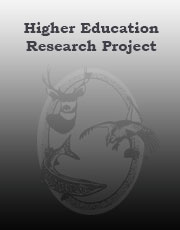North Dakota Greater Sage-Grouse Recovery Project: Using Translocation to Prevent State-Wide Extirpation and Develop Rangewide Protocols
Greater sage-grouse (Centrocurcus urophasianus; hereafter sage-grouse) are the largest grouse species in North America. Sage-grouse occupy 11 western states, extending into North Dakota. North Dakota sage-grouse population is part of the Great Plains Management Zone. Conservation of sage-grouse has been on the forefront of conservation management 1990s. In 2015 the USFWS declared sage-grouse were not warranted for listing based on significant management efforts. Translocations of sage-grouse to prevent populations from extirpation are an example of these efforts.
Translocations have been described as movement and release of animals into a novel environment. There have been more than 7200 sage-grouse translocated during more than 56 translocation events.
We used Resource Selection (RSF) framework to estimate marked sage-grouse in their new environment during the nesting, brooding, and summer seasons. With Resource selection analysis we provide the release site locations within our study site with the highest probability of use during the respective seasons. We also provided resource selection analysis during the summer months, this combined with the nesting and brooding analysis provides an overview of available and needed resources during the yearly life cycle of sage-grouse. Furthermore, we provide an analysis of past available shrub and current available shrub to illuminate future habitat projects for sagebrushobligates.
We initiated brood translocations in 2018 by capturing and translocating 6 broods and 26 chicks. Four broods were released successfully, with 5 of the 26 translocated chicks known to survive ≥ 50 days post hatch. Additionally, 2 of the 6 brood females were documented surviving through the end of the year. Compared to pre-nesting translocated females, translocated broods moved less distance per day.
We developed protocols for artificial insemination (AI). We disseminated male sage-grouse, and inseminated female sage-grouse with collected semen. Research is ongoing which will evaluate the success of the inseminations that occurred. We were able to compare nest initiation and movement rates for pre-nesting translocated females in each group. Because translocated female sage-grouse placed in novel environments have been documented to have lower reproduction and survival rates, our research provides important evaluations of methods to mitigate known setbacks when translocating grouse.

